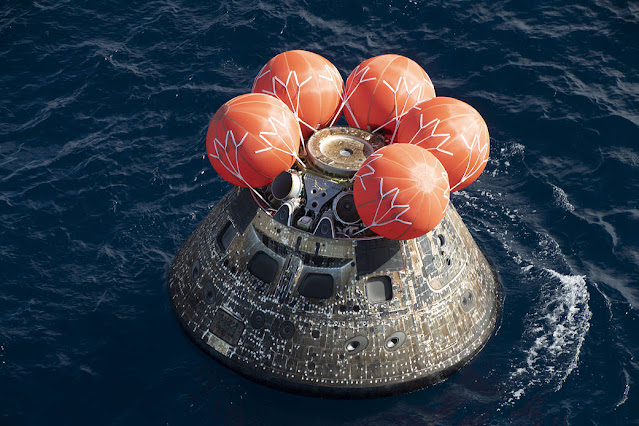Here are very short and very obvious (but mostly overlooked) steps to write.
If you were looking for your motivation to write, read this blog. If you were unsure about your writing, read this blog. If you were looking for something else, read this blog and comment about it.
1. START
Even if it's one page or one paragraph or one sentence. Start the work. Just write the heading and your name. But start it.
2. CREATE AN OUTLINE
The next step is to get ready with your idea. It doesn't have to be perfect and it doesn't need to be complete. All you need at this point is to know what you want to write. It could be as simple as "Introduction - Body - Conclusion" or as complex as your work demands. Getting a good outline helps to categorise the work.
3. SET GOALS
Create a deadline for yourself that's not tight. Give ample time to yourself to write. Include the time you'd spend to think of a new idea, procrastinate and revise. That way, if you finish before your set goal, you can either take a break or get a head start for your next goal. Even otherwise, you are still within your deadline.
4. TOOLS - HARDWARE
Use devices that make you want to write. It could be a tablet, an e-ink device, a particular keyboard, your laptop or a desktop. Get whatever eases your writing. You need to be comfortable to be able to write properly.
5. TOOLS - SOFTWARE
Many people prefer to write using LaTex because it is easier to format. Some people prefer Microsoft because their contributors use it. Try not to juggle between different softwares. Focus on one and define your format at the beginning. If its your first time using it, don't get intimidated and ask for help. Nowadays, there are answers to all questions on the internet.
6. REST AND EAT
Rest whenever you want. Take a break whenever you feel like it. Don't stop your other activities for writing, especially something you like doing. Most of the times, good food makes you feel good about everything. So, eat rest and work. Eat rest and work. Eat rest and work. And repeat.
Image credits: The mighty Internet
Shivangi Sharan is a third year PhD student at the Laboratory of Planetology and Geosciences in France. Her research focusses on the study of the magnetic field of planets and to infer their internal structure from it. She is an active member of the IAGA Blog Team and can be contacted via e-mail here.

















